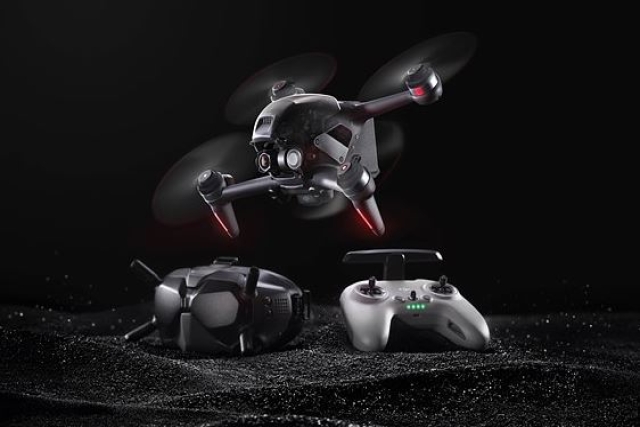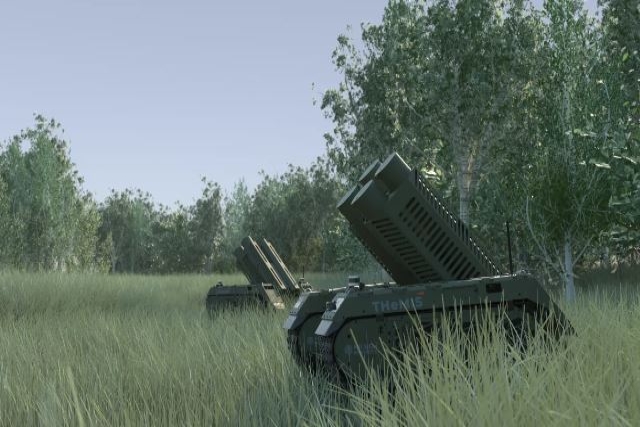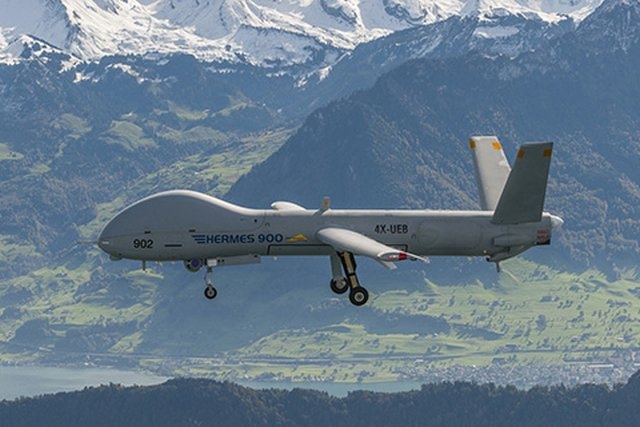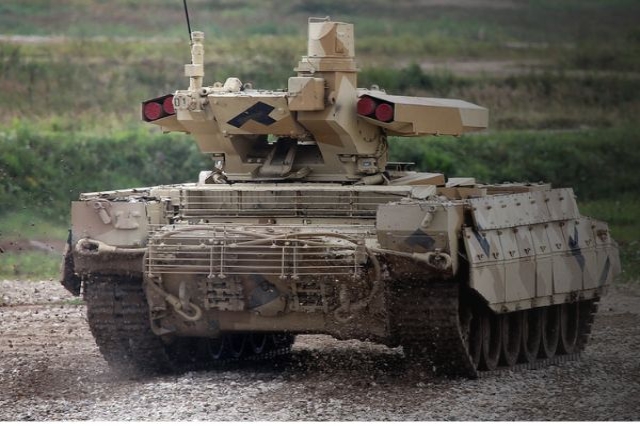Is Ukraine Self-sufficient in Drones?
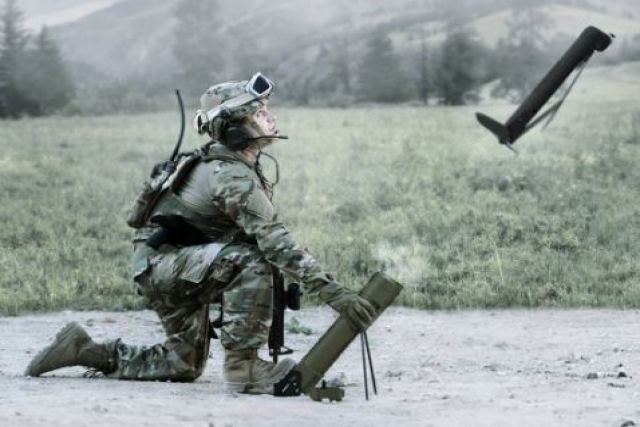
Recent arms transfers to Kyiv from the U.S. and its allies have not included drones at a time when Ukraine’s drone attacks on Russian targets have shown a marked uptrend.
While previous arms transfer have included reconnaissance and attack UAVs, most recent arms donations have consisted of artillery and air defense ammunition, air-to-ground missiles and cluster munitions indicating that either Ukraine has sufficient drones of various types or it is making its own.
The almost daily drone attack on Russian targets in recent weeks indicates they are easy to assemble and launch; their small size and use of non-metal components ensures they bypass Russia’s formidable air defense systems. The Russian MoD reports regular Ukrainian drone shoot-downs in its daily war briefings but fails to mention the drones that escaped being shot down and found their targets.
Apart from employing the Bayraktar TB-2 combat drones, Ukraine is utilizing a variety of other drone types, such as Orlans, Switchblades, Kamikaze drones, Phoenix Ghosts, and Coyote interceptors.
Ukraine has established a number of local drone production units including one by Antonov Enterprises and Ukrspec Systems.
Antonov's new drone center, launched in mid-September, aims to boost unmanned systems manufacturing capabilities and support private drone producers with expertise and services. Services provided include aerodynamic research, simulator development for operator training, and component standardization.
In 2018, Antonov unveiled plans for a strategic drone at AVIASVIT-XXI, followed by the development of the Horlytsia-2 UAV three years later.
Ukroboronprom recently completed testing of the “secretive” Az Vozdam drone.
The Come Back Alive Foundation supplied 25 Shark reconnaissance drones to Ukrainian troops this month. These drones can operate up to 60 km behind enemy lines, surveil targets up to 10 km away, and provide target data for artillery, including HIMARS. One of the transferred Sharks played a crucial role in a successful summer offensive campaign in the Zaporizhzhia direction, according to the Foundation for Competent Assistance to the Ukrainian Army.
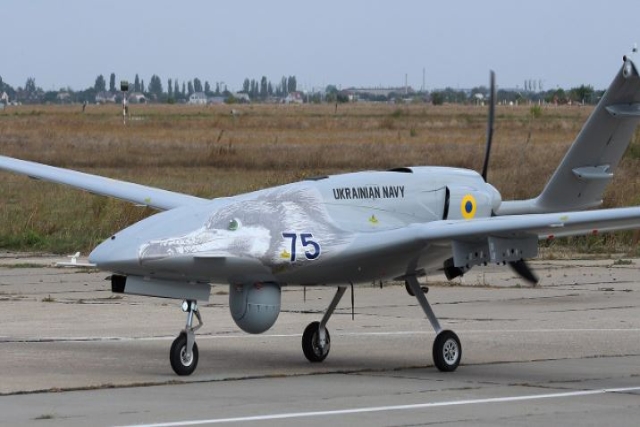
Largest drone attack ever against Russia
On August 30, Ukraine launched its largest-ever drone attack on Russia, using Bober engines to strike multiple targets. The attack targeted Moscow, Tula, Pskov, Bryansk regions, and Sevastopol city.
In Pskov, which is approximately 700km from the Ukrainian border, the attack caused significant damage to Pskov airport, including four damaged Il-76 military transport aircraft and infrastructure.
Bryansk experienced at least six drone attacks, with some drones being intercepted by air defense systems. One of these drones damaged a facility within the Kremniy EL plant, a critical microelectronics manufacturer for Russia's Ministry of Defense.
Hybrid attacks: S-400 radar disabled in drone attack while Neptune missile destroys S-400 launcher
Ukrainian Neptune cruise missiles and loitering munitions hit the Russian S-400 anti-aircraft system near Yevpatoria.
As per Secret Services of Ukraine (SSU), at first the SSU drones hit the “eyes” of the system – radars and antennas. And after the failure of the radar, Navy units with two Neptune cruise missiles struck the launchers of the S-300/S-400 Triumph SAM.
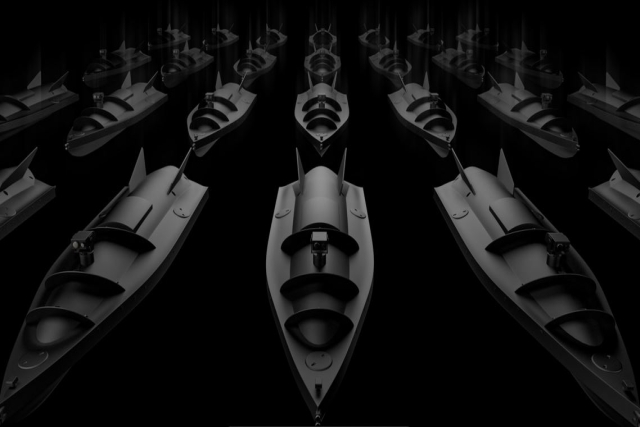
Naval drones
In early August, naval drone attacks near the Kerch Strait and Novorossiysk demonstrated Ukraine's ability to project military force across the eastern and central Black Sea, covering a distance of up to 400 miles (740 km). This strategic move disrupted Russia's reliance on a secure Black Sea base, particularly Novorossiysk.
Ukraine's naval unmanned surface vehicles (USVs) face challenges when targeting agile warships due to their limited speed, covering 600 km in 10-12 hours. In this time frame, the targeted warship can maneuver or seek refuge in a protected harbor.
Ukraine's naval drone arsenal, including the versatile Magura V5 and the submersible Toloka TLK-150, plays a pivotal role in their ongoing conflict with Russia. The Magura V5 is a versatile platform adaptable to different mission requirements, capable of carrying up to 300 kg of explosives and possessing an operational range of 800 km. On the other hand, the Toloka TLK-150 is an undersea unmanned drone. These drones empower Ukrainian forces to conduct attacks and surveillance in the Black Sea and on the Crimean Peninsula. Despite being outnumbered and outgunned in their coastal waters, these sea drones have become indispensable in countering Russian forces, posing an increasing risk due to their low radar detection and noise levels.


